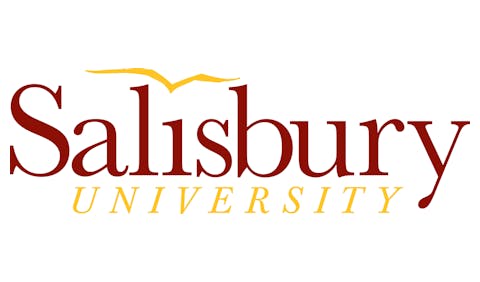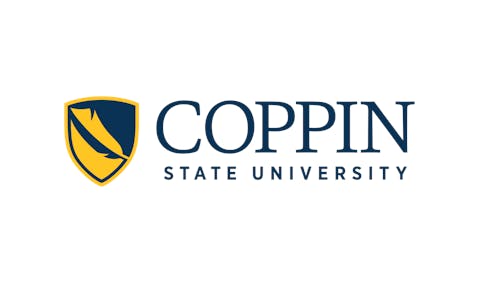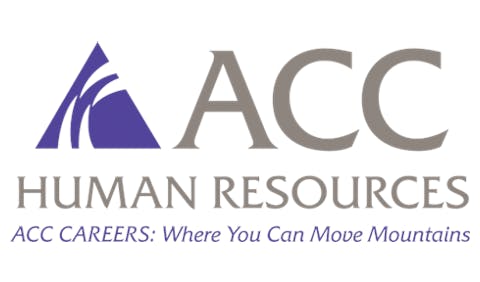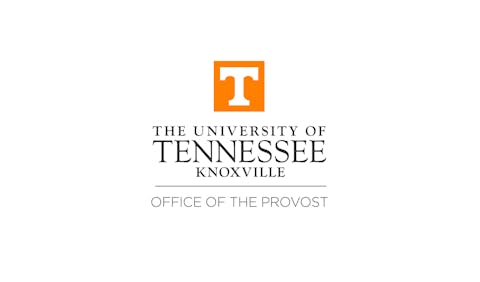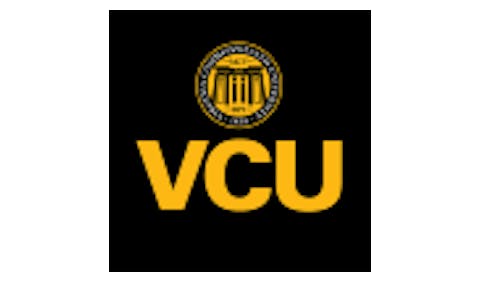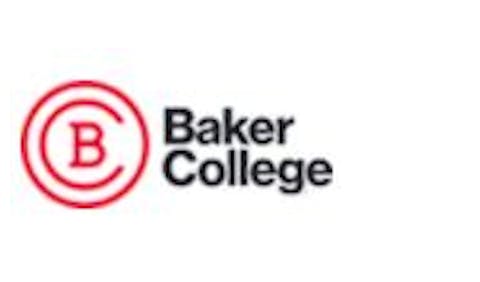The voices of educators expressing initiative fatigue, burnout, disengagement, and tactics such as quiet quitting have grown in popularity in higher Dr. Mordecai Brownlee
Dr. Mordecai Brownlee
According to the American Psychological Association, while a return to normal following the COVID-19 pandemic has been celebrated by many, realities such as global conflict, racial injustice, inflation, food and housing insecurity, national political agendas, pending immigration policy, and the dismantling of diversity, equity, and inclusion are just some of the factors creating collective trauma experienced by educators serving students and the learners themselves. Consequently, this trauma appears in the halls, classrooms, and events held at college and university campuses around the country. In combination with supporting the academic recovery and college preparedness of “Generation P” learners, a term that now describes students through online platforms during the pandemic, educators are in need of new strategies to achieve equitable student success among students.
Change is the New Normal and Necessary
Serving as an educator was once seen as a safe career alternative to corporate America, free from workforce reductions, consolidations, and mergers. However, researchers with the Federal Reserve Bank of Philadelphia have recently developed a new model to predict college closures and the most at-risk institutions. According to their report, college closures are primed to increase significantly as institutions prepare for a decline in prospective students due to the looming enrollment or demographic cliff. As published earlier in 2024 by The Chronicle of Higher Education, the consensus view is that America will hit a peak of around 3.5 million high school graduates sometime near 2025. To prepare for these demographic realities, institutions of higher learning are implementing an array of strategies, which include reducing staffing, cutting low-wage and low-demand programs, moving more classes online, increasing teaching loads, and cutting back on athletic programs. As recently written by Dr. Charles L. Welch, president and CEO of the American Association of State Colleges and Universities (AASCU), “Higher education has reached a critical juncture. Student demographics, workforce needs, and the perception of a college degree’s value have all evolved. The time has come to embrace our evolution into modern, agile, market-sensitive institutions.”
Educators must understand that in this new post-pandemic era of higher education, change is necessary as higher education must establish a renewed sense of relevance in a country that, as of November 2024, has eight (8) million job openings in the U.S. but only six point eight (6.8) million unemployed workers, according to the U.S. Chamber of Commerce.
Changing Political Landscape and Educational Agenda
In October 2023, then-presidential candidate Donald Trump posted a video to social media that is now back in circulation on various social media platforms. In that video, President-Elect Trump outlined his vision for the future of higher education in America. “One other thing I’ll be doing very early in the administration is closing up the Department of Education in Washington D.C. and sending all education and education work and needs back to the states.” Since then, he has nominated former United States Administrator of the Small Business Administration, Linda McMahon, as the Secretary of Education. While much is yet to be seen regarding the nominee’s educational agenda, McMahon has offered us a glimpse into issues that have her attention. In November 2024, she published her support for apprenticeship programs on social media, explicitly touting Switzerland’s apprenticeship model as a model the rest of the world can adopt and, in September 2024, she wrote an opinion piece endorsing the Bipartisan Workforce Pell Act.
As the Trump administration vows to reduce wasteful federal spending, increase operational efficiencies, and end “wokeness” in education while promising the disbandment of the Department of Education as America currently knows it, one thing is for certain: higher education’s transformation is just beginning. Stay tuned.
Dr. Mordecai Brownlee is President of the Community College of Aurora.











